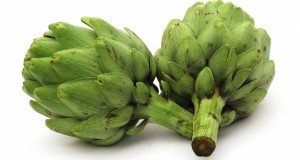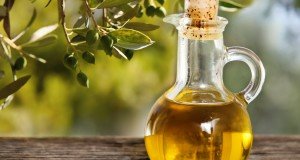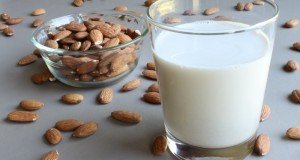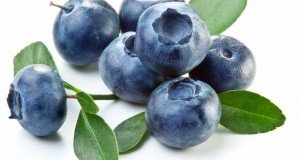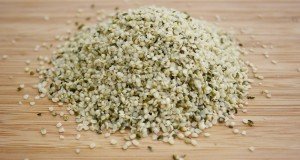Slash your risk of cataracts up to 30 percent with a simple nutritional program
 (NaturalHealth365) Sadly, cataracts is a common occurrence as you age, with over 65 million people dealing with this kind of vision loss. In fact, cataracts are the leading cause of blindness worldwide, even though cataract removal surgery has become a routine procedure in many countries.
(NaturalHealth365) Sadly, cataracts is a common occurrence as you age, with over 65 million people dealing with this kind of vision loss. In fact, cataracts are the leading cause of blindness worldwide, even though cataract removal surgery has become a routine procedure in many countries.
But a study, published in Ophthalmology, reveals an interesting link between certain nutrients and your ability to avoid cataracts. The results point to a greater than 30 percent reduced risk of cataract development in people eating a diet rich in foods with vitamin C.
Preventing cataracts: Diet is more important than genetics
Researchers, from King’s College London, sought to better understand the influence of nutrients on cataract development, as well as compare the impact of diet and other environmental factors with the effect of genetic factors.
Study subjects consisted of 1,000 pairs of female twins. Researchers used digital imaging to measure opacity of the participants’ lenses when they were about 60 years old and then measured 324 pairs of the twins again about 10 years after the initial measurements.
Participants were provided with a questionnaire to track their intake of a number of nutrients, including vitamin C. The researchers uncovered a 20 percent lower risk of cataracts with high vitamin C intake when taking the initial measurements. That reduction, due to vitamin C, jumped to 33 percent by the time the study subjects had aged an additional 10 years.
The researchers concluded that genetics was responsible for only about 35 percent of cataract development, while environmental factors like diet were responsible for as much as 65 percent. This is in contrast to previous assumptions that genetics played the greater role.
Antioxidant properties slow cataract development
Vitamin C’s ability to slow cataract development is likely due to the vitamin’s strong antioxidant properties. As an antioxidant, vitamin C helps to prevent excessive free radical molecules, which can damage tissue and cells. Antioxidants, like vitamin C, can prevent that damage.
While the fluid around the eye lens is normally already high in vitamin C, the researchers speculate that consuming foods rich in the vitamin give an added boost to vitamin C levels in the fluid, providing additional protection.
Choosing foods rich in vitamin C to reduce cataract development
While it may not be possible to eliminate cataract development entirely during the aging process, choosing a diet rich in vitamin C can help to slow the impact that cataracts can have on your vision. And, while you may not know which foods are high in certain other vitamins, you are likely aware that citrus fruits are a good source of vitamin C. But despite this common knowledge, the food intake of vitamin C by the average adult in the U.S. barely meets the Dietary Reference Intake level.
While most animals are able to produce vitamin C – we, humans, can not. Therefore, we must get our vitamin C from foods or supplements. Some of the best sources of vitamin C include organic citrus fruits, such as oranges, grapefruits, lemons and limes, as well as other non-citrus fruits, such as papaya, strawberries, raspberries, kiwi, pineapple and cantaloupe, among others.
You can also get extra vitamin C in your diet through organic green leafy vegetables and cruciferous vegetables. You will find that broccoli, bell peppers, brussels sprouts, summer and winter squash, green beans and carrots are all excellent sources of vitamin C.
Bottom line, your eyesight deserves lasting protection. Get the Eye Health Docu-Class, created by Jonathan Landsman and NaturalHealth365 Programs to help you discover the best ways to avoid the threat of cataracts, macular degeneration, glaucoma, plus many other eye health problems.
Sources for this article include:



